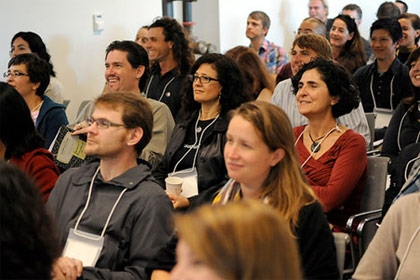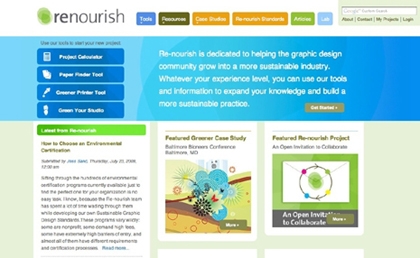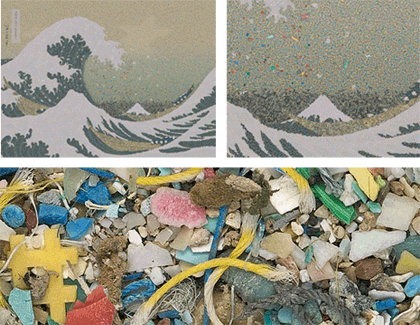Perspectives on greener product development and manufacturing from Sustainable Minds, our partners, customers and contributors.
Green Economy
New in Sustainable Minds Release 1.1

Certifications & labeling, Designers, Electronics, Green Economy, Life cycle assessment, Manufacturing, Marketing, Materials & processes, Packaging, Product service systems, Products, Software & systems, Standards & regulations, Strategies, Supply chain, Sustainability paradox, Sustainable Europe, Sustainable interaction design, Teamwork
Sustainable Minds release 1.0 is getting great reviews!
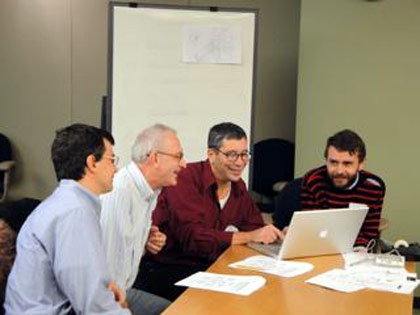
Certifications & labeling, Designers, Electronics, Green Economy, Life cycle assessment, Manufacturing, Marketing, Materials & processes, Packaging, Product service systems, Products, Software & systems, Standards & regulations, Strategies, Supply chain, Sustainability paradox, Sustainable Europe, Sustainable interaction design, Teamwork
Sustainable Minds release 1.0 is live!
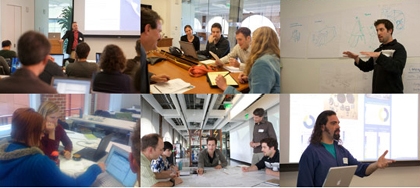
Certifications & labeling, Designers, Electronics, Green Economy, Life cycle assessment, Manufacturing, Marketing, Materials & processes, Packaging, Product service systems, Products, Software & systems, Standards & regulations, Strategies, Supply chain, Sustainability paradox, Sustainable Europe, Sustainable interaction design, Teamwork






 Feed: blog
Feed: blog

